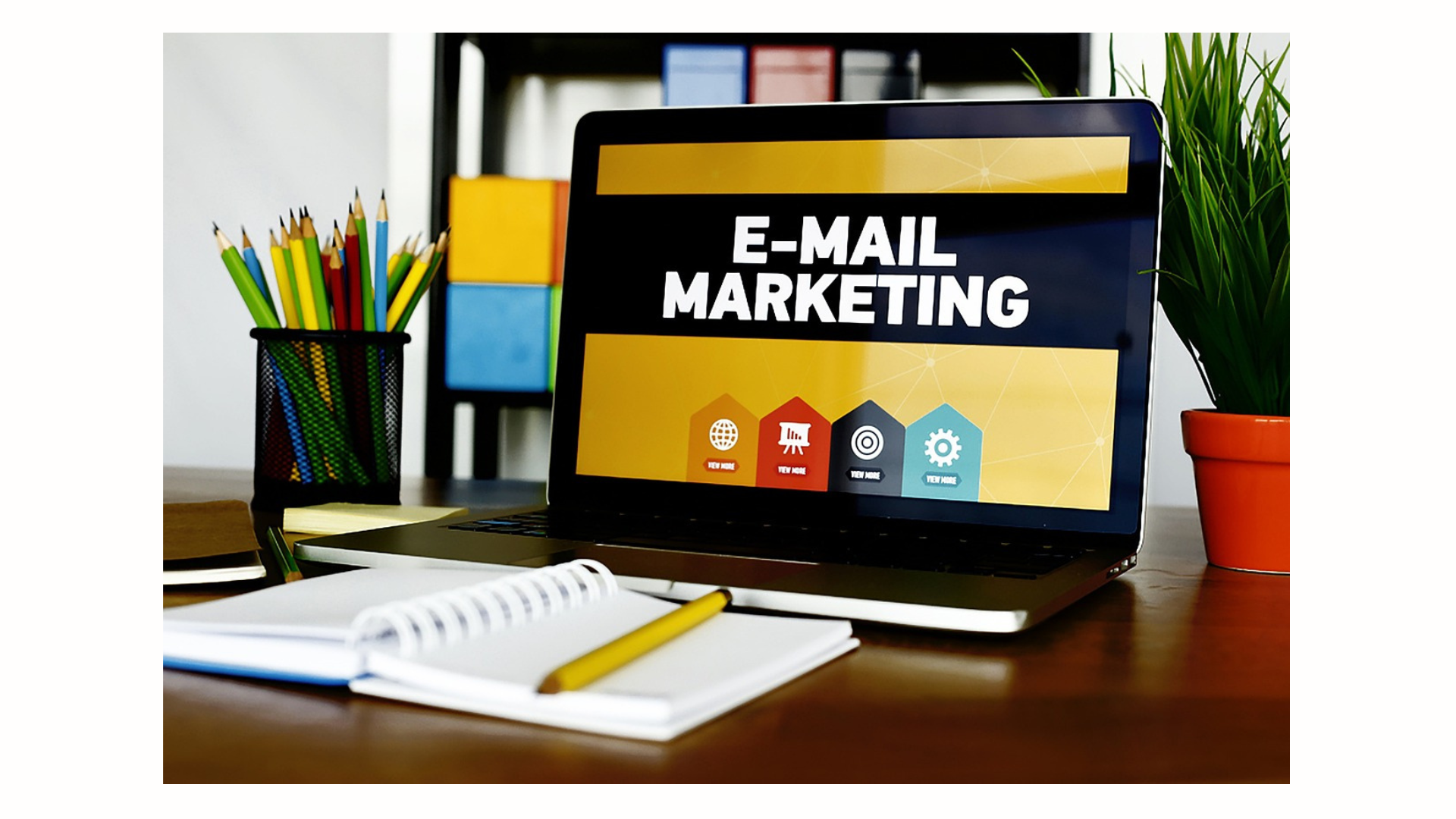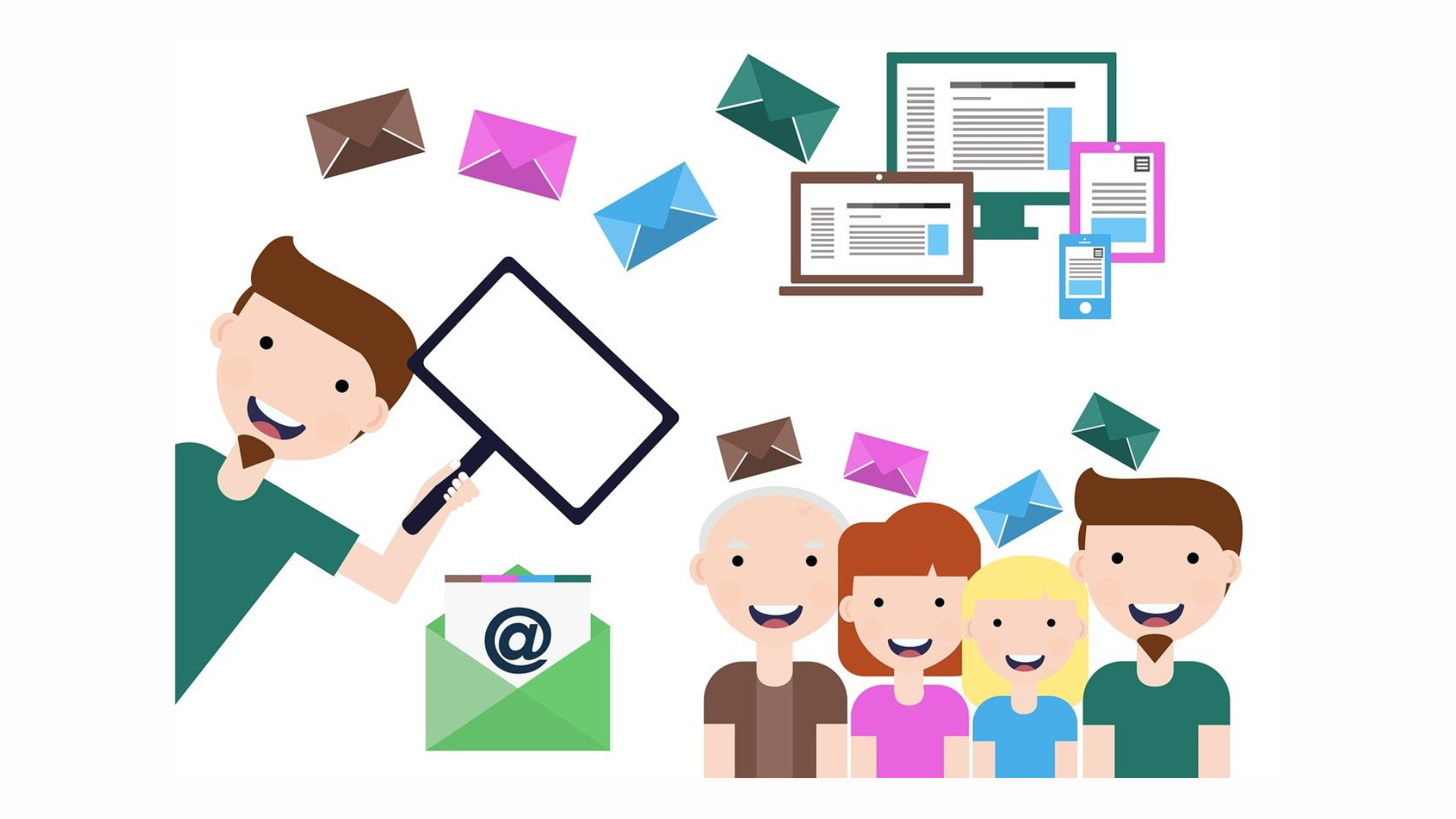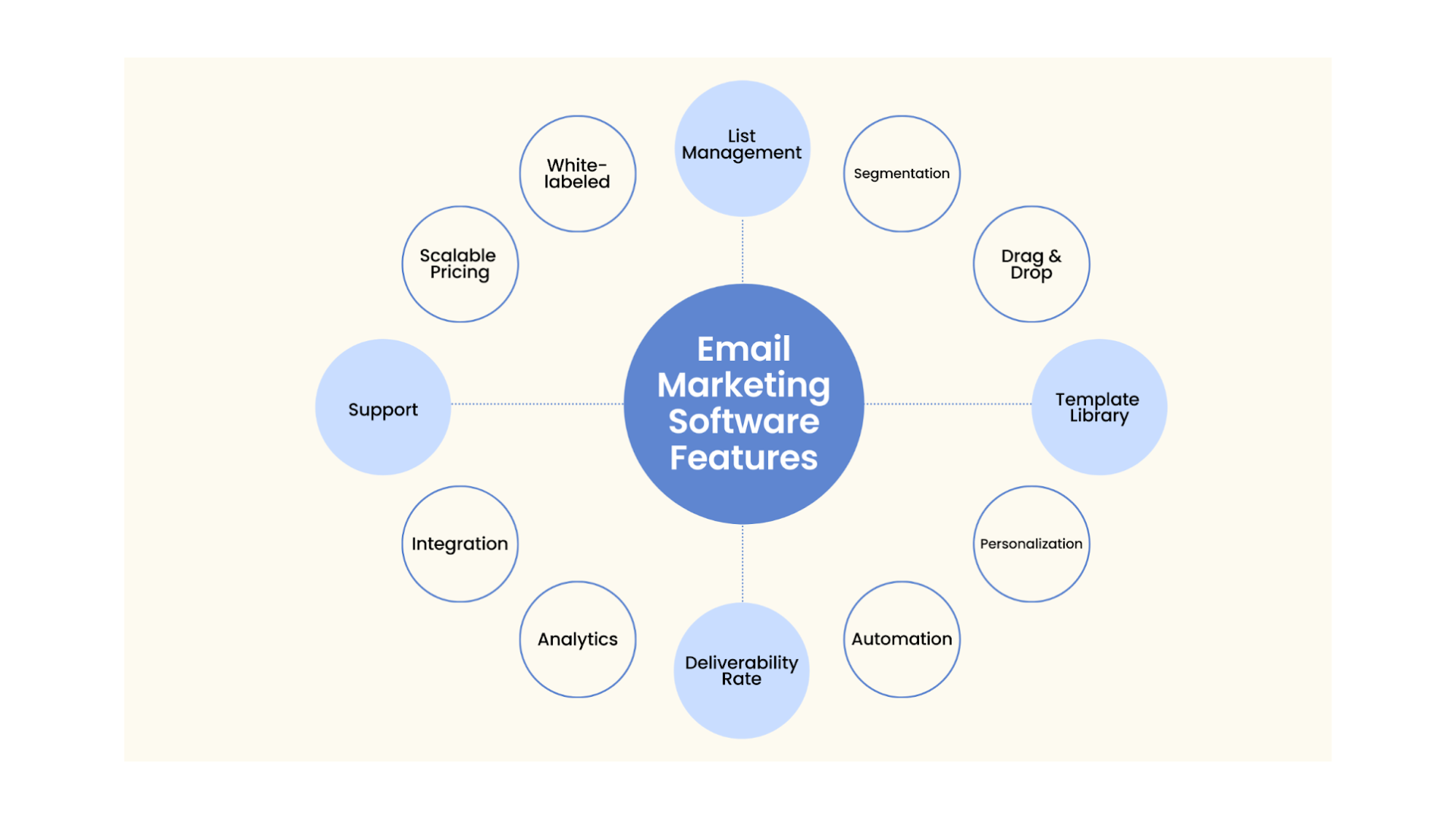
Saitej Makhijani
SaaS Strategy
Author Bio:
Saitej has over 12 years of experience in Project Management. He has worked with J.P. Morgan and Siemens Ltd. and is currently working in the SaaS Industry.
What is Email Marketing?
Email marketing is a form of digital marketing that involves sending marketing messages or promotional content to a group of people via email. The goal of email marketing is typically to build relationships with potential or current customers, or to promote a product or service. Some common techniques used in email marketing include newsletters, promotional emails, and abandoned cart emails.
Email marketing can be an effective way to reach a large audience, as almost everyone has an email address and uses it regularly. It can also be a cost-effective way to reach customers, as it typically costs less than other forms of marketing such as direct mail or paid advertising.
The first email was sent in 1978 by Gary Thuerk who worked for Digital Equipment Corp. However, email marketing as we know it today did not become widespread until the late 1990s, when the use of email and the internet became more widespread. At that time, companies began to use email to send promotional messages and newsletters to their customers.
The first email marketing software was developed in the early 2000s, which made it easier for companies to manage and track their email marketing campaigns. Today, email marketing is a common and widely used form of digital marketing.

Source: Pixabay
Benefits of Email Marketing For a Business
Email marketing is a way for businesses to communicate with their customers and prospects using email. There are many ways that a business can use email marketing, including:
- Sending newsletters: Newsletters are a way for businesses to stay in touch with their customers and keep them up-to-date on the latest products, services, and promotions.
- Promoting sales and special offers: Businesses can use email marketing to promote limited-time sales and special offers to their email subscribers.
- Nurturing leads: Businesses can use email marketing to nurture leads by sending them relevant content and offers based on their interests and behaviour.
- Building loyalty: Email marketing can be used to build loyalty by sending personalized content and offers to customers.
- Gathering customer feedback: Businesses can use email marketing to gather feedback from customers through surveys and polls.
To use email marketing effectively, businesses need to have a clear strategy in place and use email marketing software to manage their campaigns and track their results.
Key Points for an Email Marketing Campaign
Email marketing can be a very effective way to reach and engage with your audience. Here are some key points to keep in mind when creating an email marketing campaign:

Source: Pixabay
1. Know your audience: Make sure you understand who you are targeting with your emails. This will help you tailor your messaging and design to be more effective.
2. Have a clear Call to Action (CTA): Make sure it is easy for your readers to know what you want them to do next. This could be signing up for a newsletter, making a purchase, or visiting your website.
3. Keep your emails mobile-friendly: More and more people are reading emails on their phones, so it's important to make sure your emails look good and are easy to read on a small screen.
4. Use personalization: Personalizing your emails can help increase engagement and conversion rates. You can use data you have about your subscribers to tailor your emails to their interests and needs.
5. Test and optimize: Don't be afraid to experiment with different subject lines, email layouts, and calls to action to see what works best for your audience. Use A/B testing to compare the performance of different versions of your emails and see what works best.
6. Follow email marketing best practices: Make sure you are following best practices for email marketing, such as obtaining permission before sending emails, including an opt-out option, and being transparent about the types of emails subscribers can expect to receive.
Features of an Email Marketing Tool
Email marketing tools typically offer a variety of features to help users create and manage email campaigns. Some common features include:

Source: Paperspanda
1. Email template creation: Many email marketing tools include a library of pre-designed templates that users can customize with their own content and branding. These tools offer a range of features, such as template customization, drag-and-drop design, and mobile-responsive design. Some popular options include templates that are designed for newsletters, promotional emails, and transactional emails. It's worth considering what features are important to you and comparing several options before choosing a tool.
2. Automation: Email automation refers to the use of software to automatically send and manage email communications. Email marketing tools allow automating email campaigns, including options for setting up drip campaigns and trigger-based emails. Drip email campaigns are a type of automated email marketing that involves sending a series of messages to a recipient over a period of time. The best email marketing tools for drip campaigns will offer features that make it easy to create and manage these types of campaigns. These tools offer a range of features, such as customizable drip campaign templates, automatic segmentation, and integration with other marketing tools.
3. List management: An email marketing tools allow users to create and manage lists of email subscribers, segmenting them by various criteria (such as location, interests, etc.). Email list management is the process of organizing and maintaining a list of email addresses for the purpose of sending email communications to a group of people. This can include tasks such as adding and removing email addresses from the list, segmenting the list into smaller groups, and personalizing the content of the emails that are sent to individual subscribers. It is an important aspect of email marketing because it allows businesses to effectively reach and communicate with their target audience through email.
4. Scheduling: Users can schedule their email campaigns to be sent at a specific date and time. Email scheduling is a feature that allows you to specify a date and time in the future for an email message to be sent. This can be useful if you want to send an email at a more convenient time or if you want to make sure that an email is delivered at a specific time, such as on the recipient's birthday or on the anniversary of an event. To use email scheduling, you will need to use an email automation tool that supports this feature. Most modern email marketing tools have this feature built in.
5. A/B testing: A/B testing for emails is a method for comparing two versions of an email campaign to determine which one performs better. It involves sending one version of the email to a randomly selected group of recipients (the "A" group), and a different version of the email to another randomly selected group (the "B" group). The results of the test can help you determine which version of the email is more effective at achieving your desired outcome, such as higher open rates, click-through rates, or conversions. A/B testing can be a useful tool for optimizing the effectiveness of your email marketing efforts. A good email marketing tools allow users to test different versions of their email campaigns to see which performs better.
6. Analytics and tracking: Email marketing tools typically provide detailed analytics on the performance of email campaigns, including metrics such as open and click-through rates. Email analytics aids the marketing team to evalute the performance of email campaigns.
7. Integration with other tools: Many email marketing tools can be integrated with other marketing and sales tools, such as CRM systems, social media platforms, and e-commerce platforms.
8. Spam testing: Email marketing tools often include spam testing features to help users ensure that their emails will not be flagged as spam by email providers.
Wrapping Up
There are many great email marketing tools available, and the best one for a business will depend on the specific needs and goals. Some popular options include Mailchimp, Constant Contact, and AWeber. Many of these tools offer free plans for users with small email lists. It's worth considering what features are important to you and comparing several options before making a decision.












